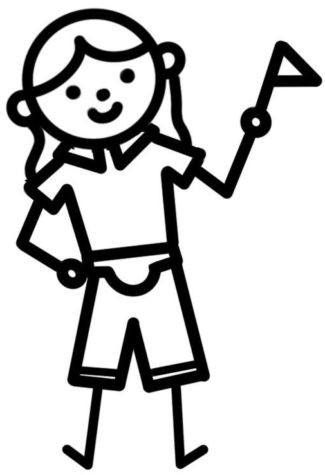Column: Sara’s Official Guide Through Music Genres: Psych-ed About Rock
January 28, 2022


I grew up going to music festivals with my parents where psychedelic rock was the main genre these concerts and festivals featured so when my peers tell me they are unfamiliar with it, I am shocked.
Most people are aware of the Beatles’ contributions, specifically Sgt. Pepper’s Lonely Hearts Club Band and Magical Mystery Tour, but so many more incredible artists participated in the psychedelic rock takeover of the 1960s and ’70s.
During the mid-1960s, the hippie movement was growing rapidly, giving musicians a uniquely large audience of people with similar beliefs and interests. Acid rock and psychedelic rock were interchangeable terms used to describe the drug-influenced music that was becoming increasingly popular, especially in San Francisco, the hub of the hippie movement. Both genres were meant to be forms of escapism for the artists and their audiences. Involving themes of social change and rejection of mainstream standards, these genres represented what hippies wanted most—freedom.
Apart from their lyrical messages, musicians in these genres used distinctive production techniques truly unlike any other. Distorted rhythm guitars and long instrumental solos, commonly referred to as “jams” are crucial components to the psychedelic/acid rock formula. Acid rock is now often recognized as the extreme version of psychedelic rock as it uses much more distortion and features louder sounds and longer jams.
The most commonly recognized names in psychedelic rock are the Rolling Stones and the Beatles, but other artists that define this genre include the Byrds and the Grateful Dead.
Formed in 1964, the American band the Byrds has easily become one of the most influential groups of its genre. Their most popular tracks, “Turn! Turn! Turn!” and “Mr. Tambourine Man” feature the iconic harmonized vocals and guitar jams. Cycling through members, the Byrds continued their work until they released their final, self-titled album in 1973.
Another recognizable psychedelic rock band, the Grateful Dead formed in 1965 in California and has been referred to as “the pioneering Godfathers of the jam band world” in the book Rockin’ Out by Reebee Garofalo. Attracting a large fan-base known as “Deadheads,” this band took over the country with an eclectic style and was eventually inducted into the Rock and Roll Hall of Fame in 1994.
Currently, three original members continue to tour and sell out venues with new additions under the name, Dead & Company.
Psychedelic rock has been consistently present throughout my life. Its nostalgia influenced me to explore it further, but its funky rhythms and insightful lyrics made me fall in love all over again.



